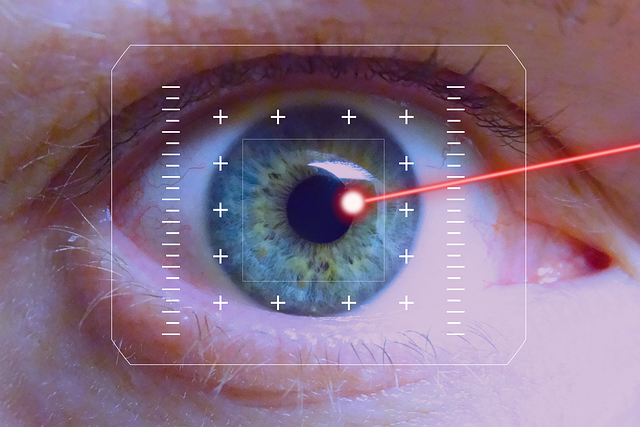Understanding Pitch Correction in Audio Recording
In the world of audio recording, achieving the perfect sound is often a challenging yet fulfilling endeavor. One of the most crucial aspects to consider when working on your tracks is pitch correction. Whether you’re laying down vocals in your home studio or refining instruments, pitch correction can make the difference between an ordinary recording and a professional-sounding masterpiece.
Pitch correction plays an essential role in audio production, allowing artists to enhance their performances and ensure that every note aligns perfectly. This technology, often misunderstood, provides a safety net for musicians wishing to capture their passion while maintaining pitch accuracy. It can transform a raw take into a polished piece suitable for radio play or home cinema enjoyment.
The Tools of the Trade
Modern audio workstations offer a variety of pitch correction tools, from simple plug-ins to advanced software solutions. One popular option is Auto-Tune, known for its signature sound and widespread use in the realm of pop and hip-hop. However, it’s not just for the mainstream; home studio enthusiasts can benefit immensely from tools like Melodyne and Waves Tune, which allow for more natural-sounding pitch adjustments.
When setting up your cinema room for an immersive audio experience, it’s crucial to remember that imperfections in pitch can disrupt the entire listening experience. Imagine watching a film where the dialogue is slightly off – it can pull you out of the moment. This is where pitch correction shines. By ensuring that every note is in tune, you can enhance your overall experience, whether you’re enjoying a blockbuster movie or your favorite album.
Practical Techniques for Pitch Correction
To effectively implement pitch correction in your work, start by capturing a clean audio signal. Invest in quality microphones and preamps to ensure you have the best possible sound to work with. Next, consider the arrangement of your audio: layering vocals or instruments may require extra attention to pitch to create a harmonious blend.
When applying pitch correction, aim for a natural sound. Over-correcting can lead to an unnatural quality that is easily noticeable. Use pitch correction tools subtly, adjusting only the notes that need fine-tuning while leaving others untouched. This approach helps retain the emotional nuances of the performance, which is vital for any compelling audio piece.
Enhancing Your Home Cinema Auditory Experience
As you refine your audio skills, remember that effective sound design encompasses more than pitch correction alone. It’s about creating an engaging atmosphere. In a home cinema setting, clear and accurate sound can elevate any viewing experience. Use your understanding of pitch to enhance dialogues, create immersive soundscapes, and ensure the music score resonates perfectly with the visuals.
Moreover, as you dive deeper into the realms of audio and video, never underestimate the power of good acoustics in your cinema room. Treating your space with proper sound panels can significantly enhance sound quality, allowing your correctly pitched tracks to truly shine.
As you navigate the intricacies of pitch correction, remember that it’s a journey of exploration and creativity. Embrace the tools available to you, experiment, and don’t shy away from pushing the boundaries of sound. With each correction, you move closer to perfecting not just the individual tracks but the entire audio landscape of your recordings.

